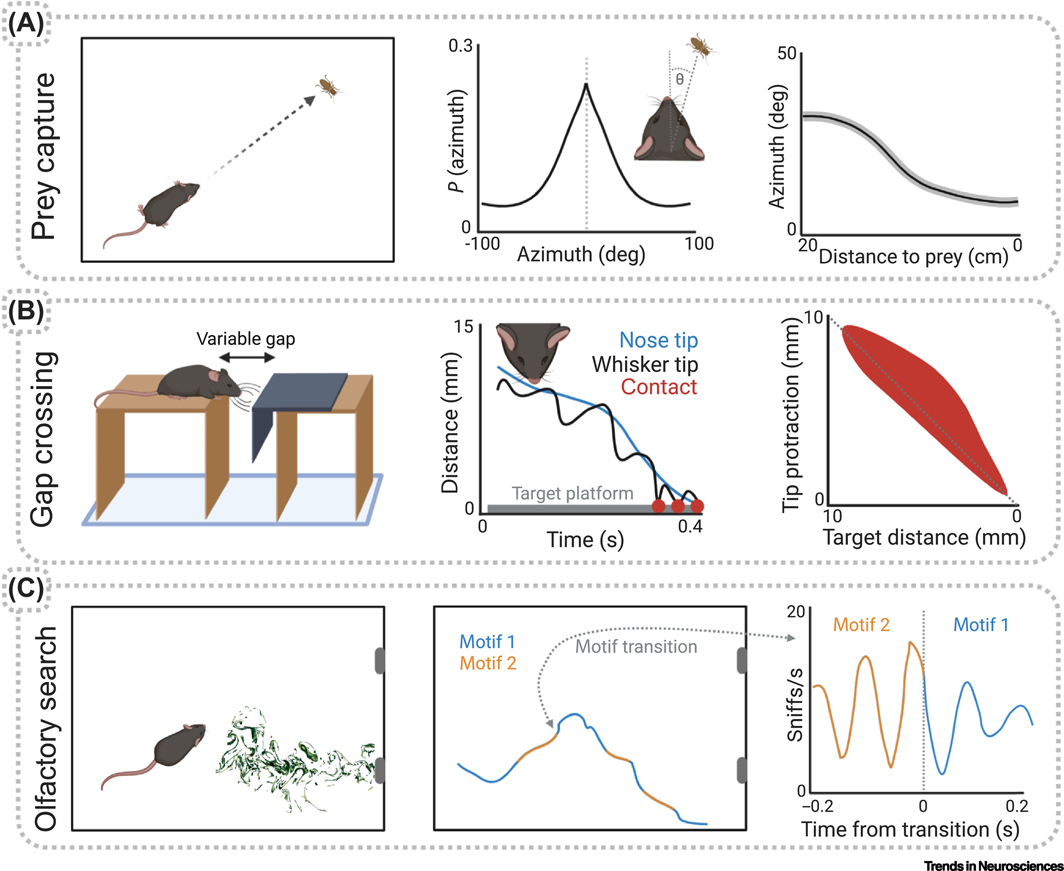Figure 2. Examples of freely moving ethological paradigms for the study of movement-related signals in sensory processing.
A) Laboratory mice reliably pursue and capture cricket prey after only a short habituation period, showing a consistently narrow range of head angles relative to the cricket that decrease as the mouse approaches the cricket. Modified from [88]. B) Mice spontaneously cross a gap by first judging the target platform distance with their whiskers. The incorporation of a short-latency variable gap showed that whisker protractions match the expected, rather than actual, position of the platform, and thus each whisking phase encodes a mismatch signal. Modified from [89]. C) Mice rapidly learn to report the location of an odor plume source. Unsupervised computational techniques parse complex trajectories into a sequence of movement motifs. Many of these motifs synchronize to the sniff cycle with 10s of ms precision [134].

